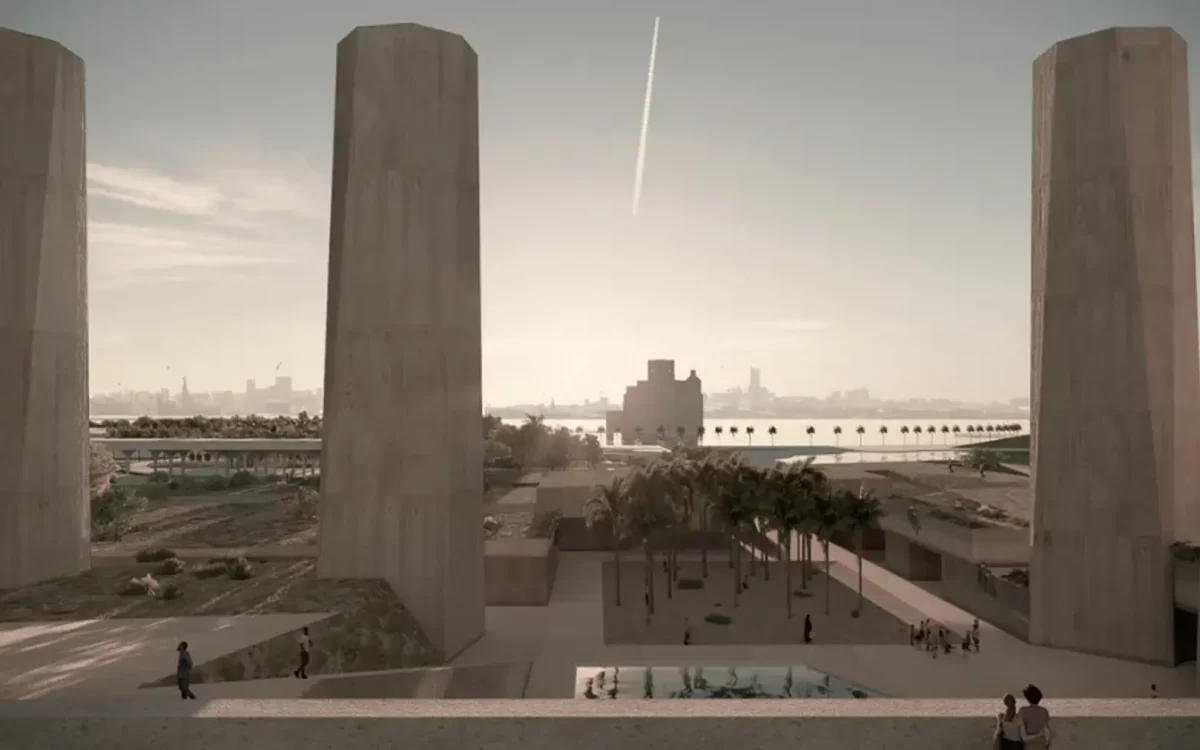The Middle East’s Strategic Pivot to Art and Culture
As globalization and technology continue to reshape the world’s social and economic landscapes, art and culture are emerging as pivotal forces for economic growth and social advancement. This trend is particularly evident in the Middle East, where countries like the UAE, Qatar, and Saudi Arabia are leveraging these sectors as key components of their economic diversification and social transformation strategies.
Vision 2030: Saudi Arabia’s Cultural Ambitions
In Saudi Arabia, the creative industries are integral to the Kingdom’s Vision 2030, aimed at generating $20 billion in revenue from the culture sector and creating hundreds of thousands of jobs, thereby increasing its GDP contribution to 3%. The strategy encompasses various facets of culture including art, fashion, food, entertainment, and technology, marking a significant shift towards a future that transcends the nation’s traditional oil-dependent economy.
Abu Dhabi’s Cultural Investments
Similarly, in the UAE, Abu Dhabi is making significant cultural investments, building on the legacy of Sheikh Zayed to strengthen national identity and develop a robust cultural scene. The Department of Culture and Tourism (DCT) Abu Dhabi is enhancing its museums, cultural sites, and promoting the Arabic language, while also fostering the fast-growing e-gaming industry as part of its economic diversification efforts. Initiatives like the Zayed National Museum and the hosting of the Culture Summit Abu Dhabi underscore its aim to become a global hub for cultural dialogue and innovation.
Qatar’s Infrastructure for Art
Qatar is also making substantial strides with investments in cultural infrastructure, particularly highlighted by the developments leading up to the FIFA World Cup 2022. The country is fostering a cultural scene that blends traditional Qatari heritage with modernity, showcased through iconic venues like the Museum of Islamic Art and the upcoming Doha Art Mill.
World Art Day: A Middle Eastern Celebration
The celebration of World Art Day across the Middle East illuminates the region’s dedication to cultural richness. Events such as public art displays, gallery nights, and art workshops engage local communities and attract international visitors, showcasing the vibrant cultural tapestry of the Middle East. These celebrations promote understanding and collaboration across diverse cultures..

AlUla: A Beacon of Saudi Cultural Heritage
Saudi Arabia’s AlUla region exemplifies the Kingdom’s cultural ambitions, being developed into a cultural and archaeological hub that leverages its 200,000-year human history. The Royal Commission for AlUla (RCU) is transforming the area into a ‘living museum’ where locals and visitors collaborate in preserving and producing cultural legacy, enhancing both tourism and educational opportunities through sustainable development.
Creative Hubs: UAE and Qatar’s Cultural Districts
The UAE and Qatar are actively developing creative districts like Dubai’s Alserkal Avenue and Doha’s Mathaf: Arab Museum of Modern Art. These areas are becoming significant cultural districts housing contemporary art spaces and creative businesses, significantly contributing to the cultural discourse and economic growth in the region.
The Impact of Creative Economies
This cultural expansion across the Middle East is not merely an economic strategy but a robust social movement. Leaders like Aya Al-Bakree, CEO of the Diriyah Biennale Foundation, and Burak Cakmak of the Saudi Fashion Commission, emphasize that these initiatives are crucial for expressing and evolving national identities, fostering social cohesion, and sparking innovation across generations and disciplines.
Redefining the Middle East Through Culture
The creative economy in these countries is becoming a resilient pillar of economic diversification, driving growth across various sectors and redefining the cultural landscape. This trend underscores a broader regional commitment to integrating culture deeply within the economic and social fabric, signaling a transformative era for the Middle East on the global stage










